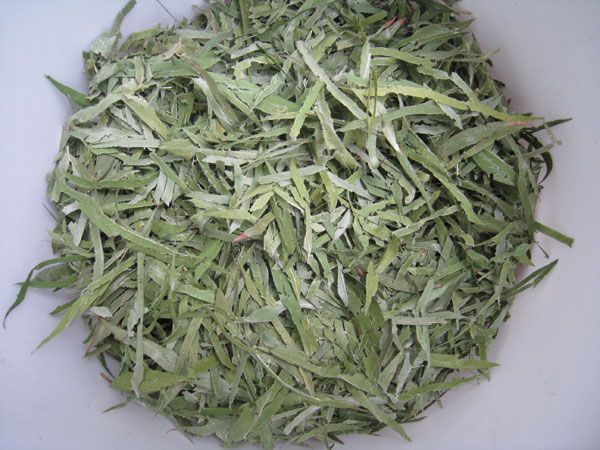I took a couple of dye sessions during SOAR.
These skeins were done during the natural dye workshop at HTTM. The skeins were pre-mordanted before we arrived. I’ve laid them out in a grid. Mordants by row: top – alum; middle – tin; bottom – chrome. Dye materials are in columns: left – cochineal; middle – logwood; right – chamomile. The fibers were in the pots for about 30 minutes.
If I recall correctly, the dye pots for the cochineal and chamomile were copper, so that will have affected the final color. We also did a small skein of indigo. Indigo does not require mordant. Since the entire workshop was only 15 minutes, the indigo skein had very, very short dip. After pulling the skein out after the first dip of about 2 minutes, I aired it out to allow the indigo to develop a bit. Then I put it back in for another 2 minutes. Still, it was very very pale. Not worth showing the photo.
I was very surprised at how bright the skeins were that were pre-mordanted with tin and chrome. However, I’m still not sure that they will be a regular part of my natural dye repertoire. I just don’t want to think about the disposal aspect.
I took a the Painting with Dye retreat session with Sara Lamb. I chose to paint a silk warp. The color chip on the right are the colors I chose, courtesy of the Sara Lamb Color Consulting Services. Flipping through her dye notebook, we picked out 3 colors that I liked. Flipped her color chips over, it was paint by numbers. Or, at least, mix by numbers. It’s a bit like working with a bar recipe. 60% fuschia? check. 20% yellow? check. 20% blue? check. And you paint. Unfortunately, I got carried away and accidentally made the yellow/brown at 50% instead of the red/pink. But, in retrospect, I’m glad. Since it was raw silk, it had a pretty strong yellow/brown base. A stronger yellow/brown dye wouldn’t have made much difference, but a weaker red/pink would have been too washed out.
The colors aren’t as saturated as I had hoped. I saturated the heck out of the silk without making it run. I left it sit in the jelly roll and zip lock bag for 3-4 days. (The dye session was Saturday morning, I finally washed the warp chain yesterday afternoon.)
The silk still stinks. I’ve rinsed and rinse, and rinsed some more, and I still can’t get rid of the stink. I left it outside for a day to air, and the smell is still there. Hopefully, it will fade over time.
This is the first time I’ve used fiber reactive dyes. (Wait, I think I did a tie dye shirt at a company picnic once. I leave the fiber reactive dyes to my sister.) I’ve always used acid dyes on silk in the past. Silk is one of the oddities. It’s a protein fiber that can be dyed with dyes for either protein and cellulose. I’ve never noticed a smell with silk in the past before, so I don’t know if it’s an artifact of the raw silk and the soda ash that it was pre-mordanted with, or the combination of both.
Now, I just need to decide what I’ll use was weft when I weave this. I know that it is supposed to be warp faced fabric, so I’ll need something a bit finer for the weft. Sara recommends cotton. I’ll have to see what I have in the stash.











